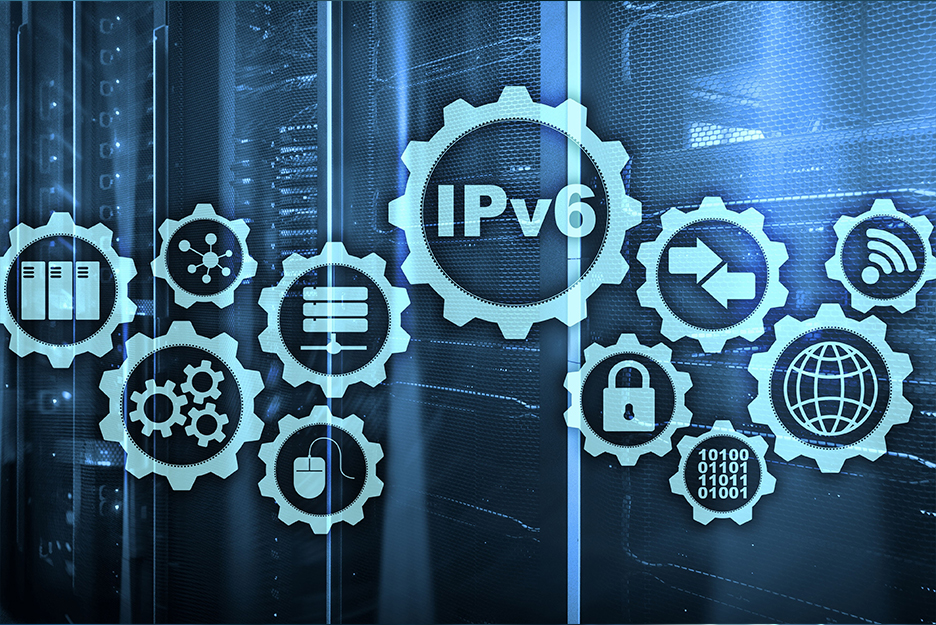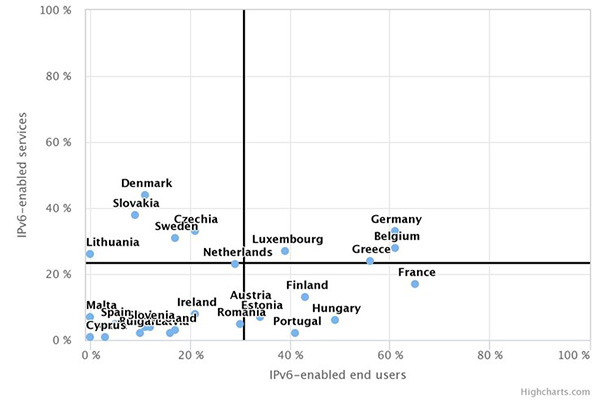In this article you can read about,
- why IPv4 is a discontinued model,
- when the Open Telekom Cloud will introduce IPv6 and
- what advantages are associated with it.
Anniversary of 2023: In 1998, the Internet Engineering Task Force (IETF) standardised the “new” Internet Protocol IPv6. However, the big breakthrough for IPv6 has yet to materialise. Most of the Internet world still uses IPv4. Various national initiatives are now set to change this. The Open Telekom Cloud also supports the standard.




